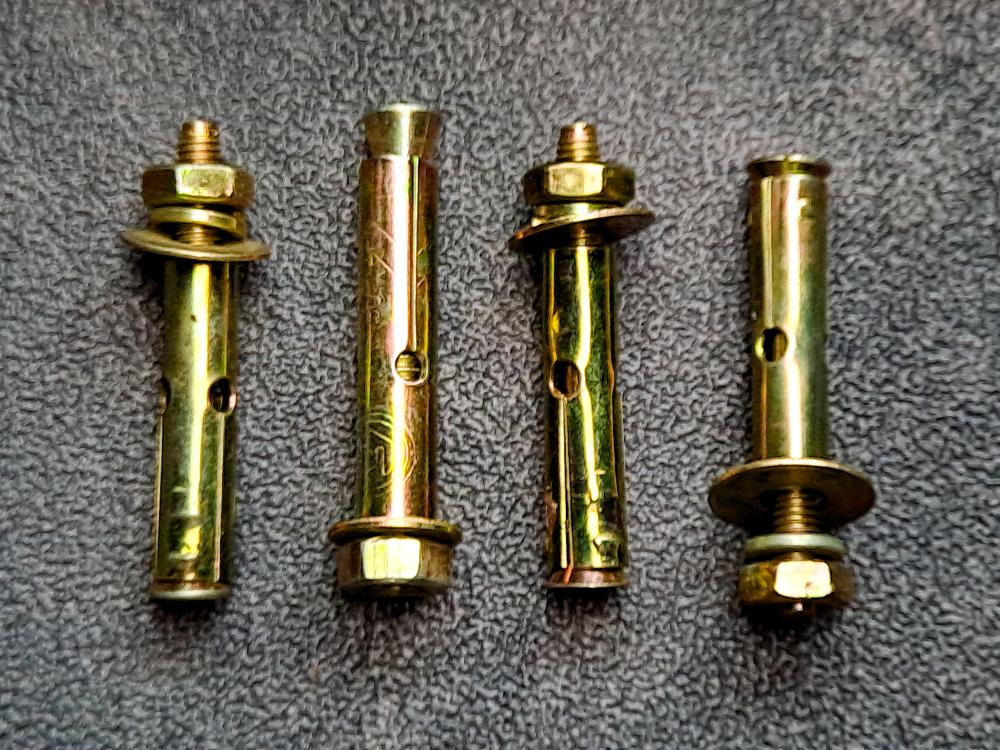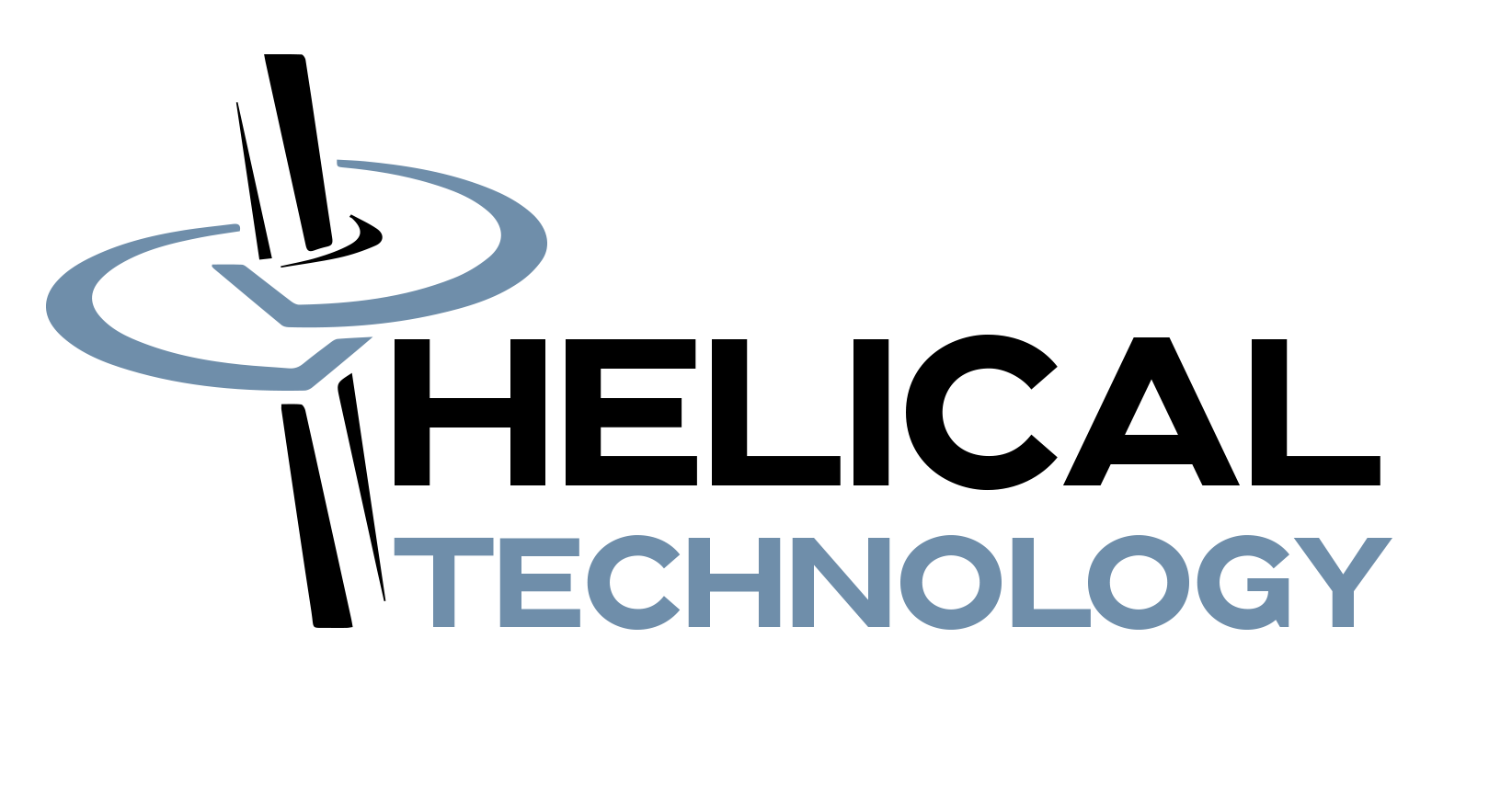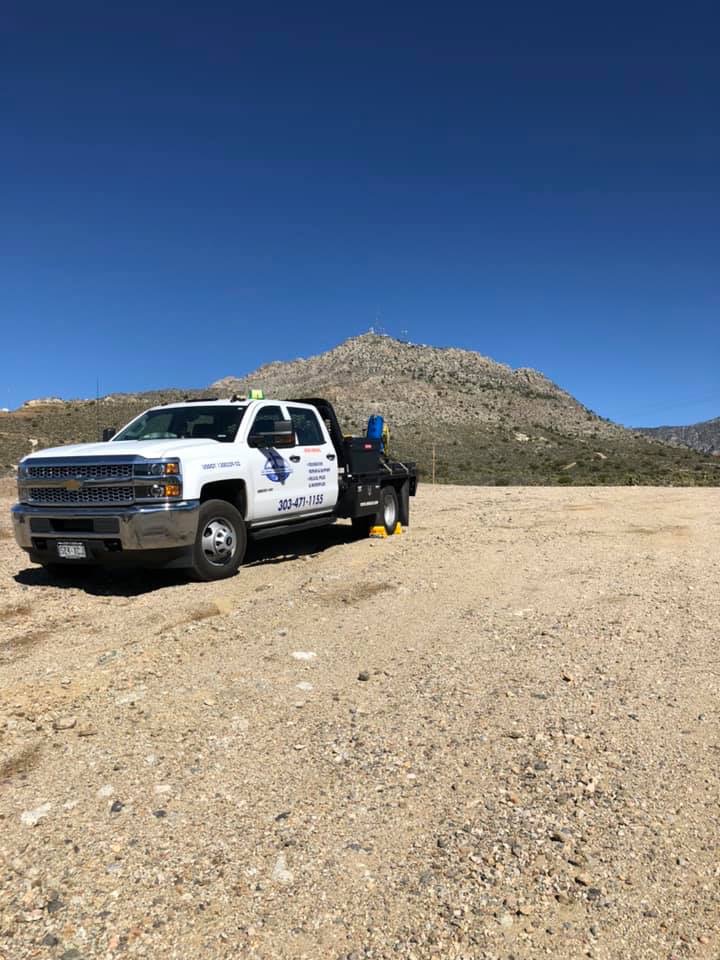Wall Plate Anchors

Benefits of Wall Plate Anchors
When it comes to stabilizing bowing walls, Wall Plate Anchors stand as an innovative solution for both residential and commercial structures. These anchors work by attaching steel plates to the interior wall, connected through a rod to an anchor placed in the surrounding soil. This system distributes the force across a larger area, reducing stress on individual wall sections and effectively preventing further inward movement.
The installation process is minimally invasive, typically requiring only a few small holes to be drilled into the wall. This allows for installation without significant disruption to the home's structure or landscaping. The efficiency and reliability of Wall Plate Anchors are backed by years of proven results, offering peace of mind to property owners concerned about foundation issues.
The Technology Behind Wall Plate Anchors
The underlying technology of Wall Plate Anchors is both simple and sophisticated, marrying traditional methods of anchoring with modern engineering insights. The steel plates used are often galvanized, providing corrosion resistance and extending the lifespan of the system. These plates are designed to conform to various wall types, ensuring compatibility and effective stabilization.
Helical Technology, an industry leader, has advanced the development of these systems by incorporating ICC-approved and ISO-certified standards. By aligning with international safety and quality benchmarks, they ensure that each installation meets rigorous performance requirements. This not only enhances the overall reliability of the system but also solidifies the confidence of both installers and homeowners.
Installation Process for Wall Plate Anchors
The installation of Wall Plate Anchors is a relatively straightforward process, especially when conducted by certified professionals. The first step involves assessing the affected wall to determine the extent of the bowing and identify the optimal placement for the anchors. Based on this assessment, precise holes are drilled into the wall at predetermined intervals.
Next, steel rods are inserted through these holes, connecting to the exterior soil anchors. On the interior side, the Wall Plate Anchors are secured, which act as a counter-pressure device against the forces causing the wall to bow. Over time, and with gradual adjustment, these anchors can help bring the wall back to its original position. Helical Technology provides comprehensive training for contractors, ensuring that each installation is executed to perfection.
Unique Advantages of Working with Helical Technology
One of the defining advantages of collaborating with Helical Technology lies in their extensive network and expertise in the earth anchoring systems industry. Their commitment to innovation results in a comprehensive suite of products, including helical piers, push piers, and custom-designed anchoring solutions, all of which meet the highest standards of quality and reliability.
Contractors working with Helical Technology gain access to a wealth of resources, from detailed product explainer videos to extensive on-site training. This hands-on approach not only ensures the effective application of Wall Plate Anchors but also empowers contractors to broaden their service offerings. Such collaboration fosters a community of skilled professionals dedicated to delivering outstanding results.
Moreover, Helical Technology goes beyond product offerings by equipping contractors with marketing tools to enhance visibility and attract new clients. This comprehensive support system reinforces their position as pioneers in the foundation repair industry.
The Role of Wall Plate Anchors in Modern Construction
In modern construction, addressing foundational issues is paramount for maintaining structural integrity and property value. Wall Plate Anchors provide an adaptable solution to common problems like wall bowing and basement wall failure, often arising from soil pressure or hydrostatic forces. As building codes and safety standards evolve, these anchors play a crucial role in meeting compliance requirements.
Their significance extends beyond residential projects, as commercial structures also benefit from their adaptability and durability. By integrating Wall Plate Anchors into construction and repair plans, builders can mitigate future structural issues and ensure long-term stability.
Common Misconceptions About Wall Plate Anchors
Despite their proven efficiency, Wall Plate Anchors are sometimes misunderstood or misrepresented. A common misconception is that they are only a temporary fix. In reality, when properly installed and maintained, Wall Plate Anchors provide a long-term solution to wall bowing issues, reinforced by strong engineering principles and materials.
Another myth is that installation is invasive and costly. Contrary to this belief, the process is designed to be minimally disruptive and cost-effective, particularly when compared to alternatives like complete wall replacement. By dispelling these misconceptions, property owners can make informed decisions regarding their foundation repair needs.
Real-World Applications and Success Stories
Throughout my years of experience at Helical Technology, I have witnessed countless success stories where Wall Plate Anchors have transformed the safety and stability of a variety of structures. One memorable project involved a heritage building with significant historical value, where Wall Plate Anchors were used to preserve its structural integrity without altering its original architecture.
These anchors have been employed in diverse environments, from suburban homes to urban high-rises, proving their versatility across different settings. Each successful application exemplifies the reliability and innovation that define Helical Technology's approach to foundation repair.
Contributing to Sustainability and Environmental Benefits
In the realm of construction, sustainability is becoming an ever-important consideration. Wall Plate Anchors contribute to this by reducing the need for large-scale renovations or demolitions, thus minimizing material waste and energy consumption. By preserving existing structures, they help extend the life of buildings in a sustainable manner.
Moreover, the materials used in Wall Plate Anchors are often recyclable, further enhancing their environmental benefits. Helical Technology's commitment to sustainability extends to their operations, where they emphasize efficient resource use and eco-friendly practices.
How to Choose the Right Anchoring System
Selecting the appropriate anchoring system for your project involves careful consideration of several factors, including the type and extent of wall damage, soil conditions, and long-term structural goals. While Wall Plate Anchors offer broad applicability, other systems such as helical piers or push piers may be more suitable for specific scenarios.
- Evaluate the Severity of Wall Bowing
- Assess Soil and Environmental Conditions
- Consider Long-term Maintenance and Adjustments
- Consult with Certified Experts for Recommendations
By collaborating with professionals, property owners can ensure that they are making informed decisions that meet both immediate needs and future demands.
Leading the Way Towards Innovative Foundation Solutions
At Helical Technology, our vision is to continuously advance the field of foundation repair by integrating cutting-edge technology with unparalleled expertise. Our focus remains on developing systems that not only address current issues but also anticipate future challenges. As we lead the way in providing reliable solutions, Wall Plate Anchors remain a cornerstone of our offering, demonstrating exceptional performance and adaptability.
The journey to revolutionizing foundation repair is ongoing, marked by our dedication to quality, sustainability, and comprehensive support. As industry leaders, we remain steadfast in our commitment to delivering transformative solutions that safeguard both structures and their inhabitants.

What are the primary benefits of using wall plate anchors in construction projects?
Wall plate anchors offer a robust solution for stabilizing bowing walls in both residential and commercial buildings. One of their greatest advantages is the minimally invasive installation process, which typically requires drilling only a few small holes. This approach allows for installations without causing significant disruption to the existing structure or landscape. Over time, these anchors help bring bowing walls back to their original positions by distributing the external forces across a larger area, thus reducing stress on individual wall sections. This reliability and efficiency have been proven in numerous case studies, providing homeowners and builders with peace of mind regarding long-term structural stability. You might wonder how wall plate anchors compare with other solutions, such as complete wall replacement, which is generally more invasive and costly.
What are some common misconceptions about wall plate anchors?
A common misconception about wall plate anchors is that they serve only as a temporary fix. However, when properly installed and maintained, wall plate anchors can provide a long-lasting solution to wall stability issues. Another myth is that their installation is highly invasive and expensive. In reality, the process is designed to be as non-disruptive as possible and is often more cost-effective than other methods, such as rebuilding walls. These misconceptions can deter property owners from considering this reliable option, highlighting the importance of consulting with professionals who can clarify the true benefits and limitations of wall plate anchors based on experience and data. Have any myths about construction solutions ever surprised you?
How do wall plate anchors contribute to modern construction techniques?
Wall plate anchors play a pivotal role in modern construction, particularly when addressing foundational issues critical to maintaining structural integrity and property value. They offer a versatile solution in adapting to common problems like wall bowing due to soil pressure. This adaptability is crucial as construction practices evolve and building codes become more stringent. By integrating wall plate anchors into construction projects, builders ensure compliance with safety standards and enhance the durability of both residential and commercial structures. This proactive approach also helps mitigate potential future structural issues, highlighting the anchors' importance beyond immediate repairs. Have you ever considered how these modern solutions contribute to the longevity of the structures around us?
Can you share any real-world success stories involving wall plate anchors?
Absolutely, there have been numerous success stories involving the effective use of wall plate anchors. In one notable project, a heritage building with significant historical value was at risk due to wall bowing. Implementing wall plate anchors preserved its structural integrity without altering its original architecture, demonstrating the anchors' adaptability and effectiveness. They've also been successfully applied to a wide range of structures, from suburban homes to urban high-rises, showcasing their versatility. These success stories not only exemplify the reliability of wall plate anchors but also reinforce Helical Technology's commitment to quality and innovation in foundation repair solutions. Has there been a construction project near you that benefited from such innovative solutions?
How do wall plate anchors contribute to sustainability and environmental benefits in construction?
Wall plate anchors significantly contribute to sustainability by reducing the need for large-scale renovations or demolitions, minimizing material waste and energy consumption. By fortifying existing structures, they extend the life of buildings, aligning with sustainable building practices. Additionally, the materials used in wall plate anchors are often recyclable, which further adds to their environmental benefits. Helical Technology emphasizes eco-friendly practices in both product design and manufacturing processes, ensuring that the anchors not only meet but exceed environmental standards. This commitment to sustainability is a cornerstone of our approach to foundation repair. Have you considered how green building practices could impact the future of construction in your community?
What factors should be considered when choosing the right anchoring system for a construction project?
Choosing the appropriate anchoring system requires assessing various factors, including the severity and type of wall damage, soil conditions, and the project's long-term structural goals. While wall plate anchors offer broad applicability, specific scenarios may warrant the use of other systems like helical piers or push piers. Evaluating the severity of wall bowing, assessing soil and environmental conditions, and consulting certified experts can guide property owners in making the best choice. We at Helical Technology believe in a comprehensive approach to ensure that each project meets both current and future demands effectively. What specific challenges have you faced that required careful consideration of foundational solutions?
What advanced insights can you share about the technology behind wall plate anchors?
The technology behind wall plate anchors is a blend of traditional anchoring methods and modern engineering advancements. For example, galvanized steel plates enhance corrosion resistance, ensuring a longer lifespan for the system. Helical Technology's commitment to meeting international safety and quality standards, such as ICC and ISO certifications, underscores the reliability of our products. The alignment with these standards not only ensures that each installation meets rigorous performance requirements but also builds confidence among installers and homeowners alike. This synergy of traditional engineering and modern technology is what sets our anchors apart. How does incorporating advanced technology impact your view of a product's reliability and effectiveness?
Resources
- United States Environmental Protection Agency - The EPA's homepage provides valuable information on environmental protection, sustainability, and conservation efforts.
- Construction Industry Institute - Visit the CII's website to access resources on modern construction practices, research, and industry standards.
- National Institute of Building Sciences - The NIBS offers insights into building sciences, codes, and standards for construction professionals.
- National Fire Protection Association - Explore the NFPA's homepage for information on fire safety, building codes, and standards for the construction industry.
- The Construction Specifier - Stay updated on industry news, trends, and best practices in construction through The Construction Specifier's website.







